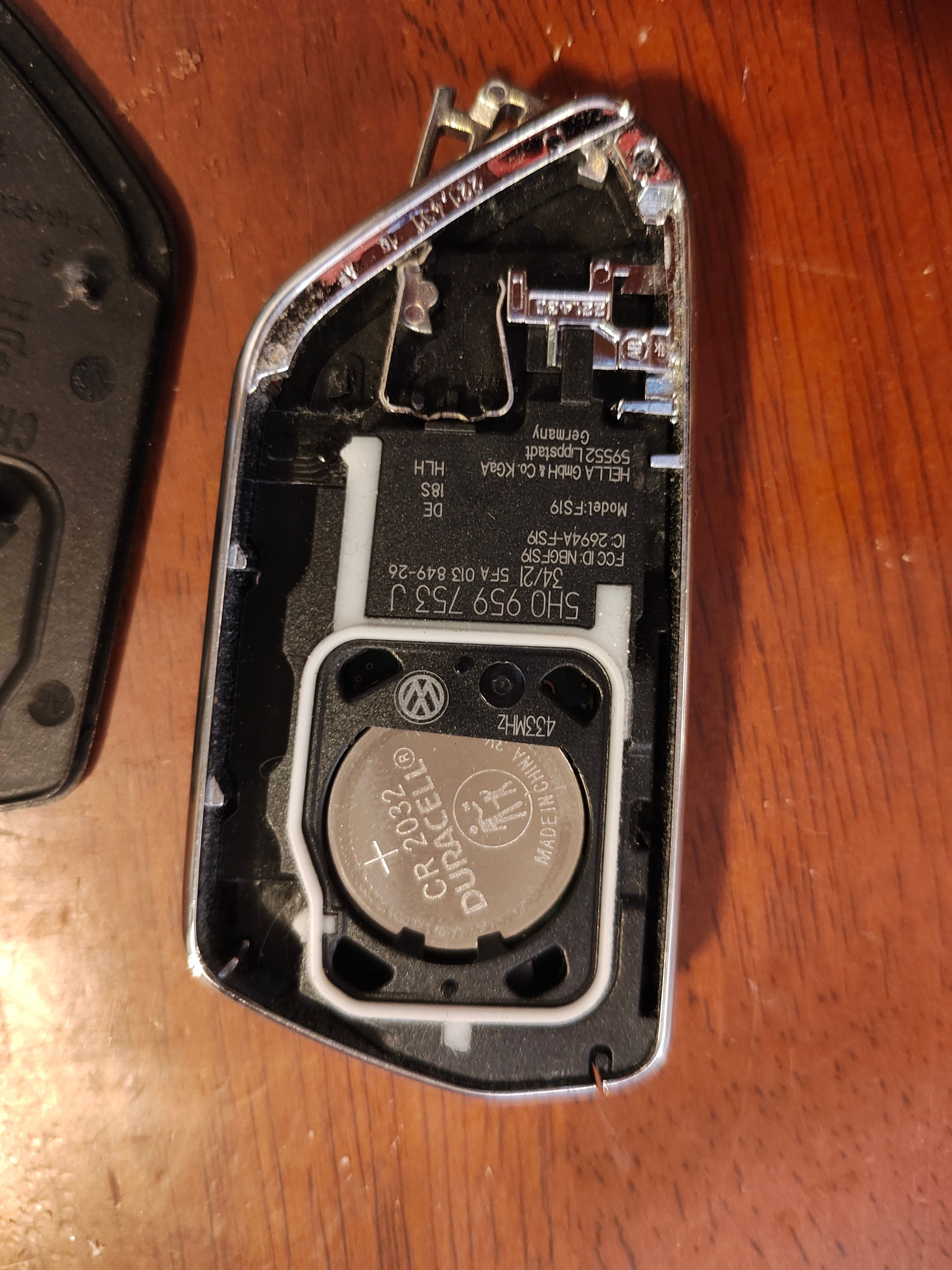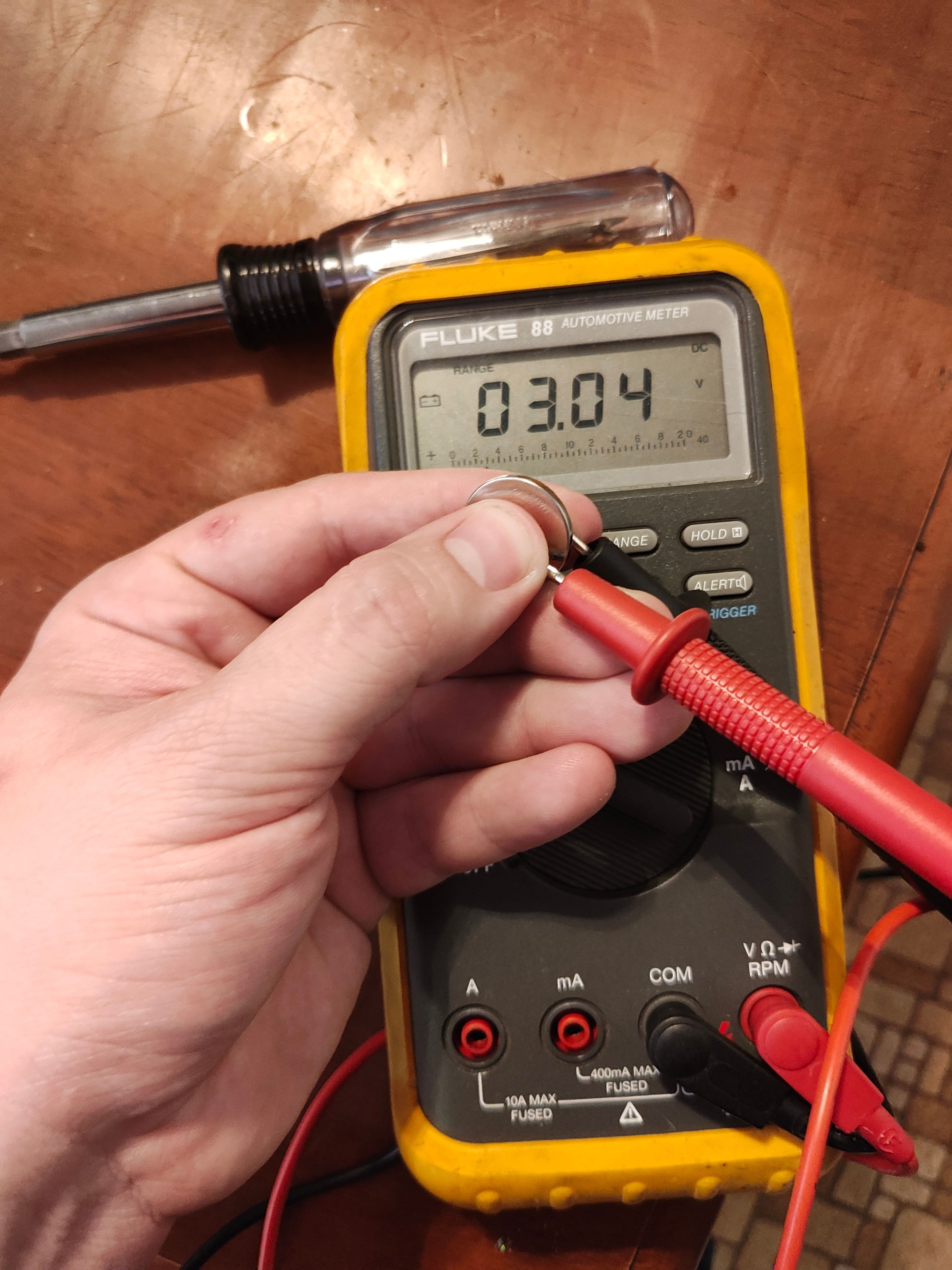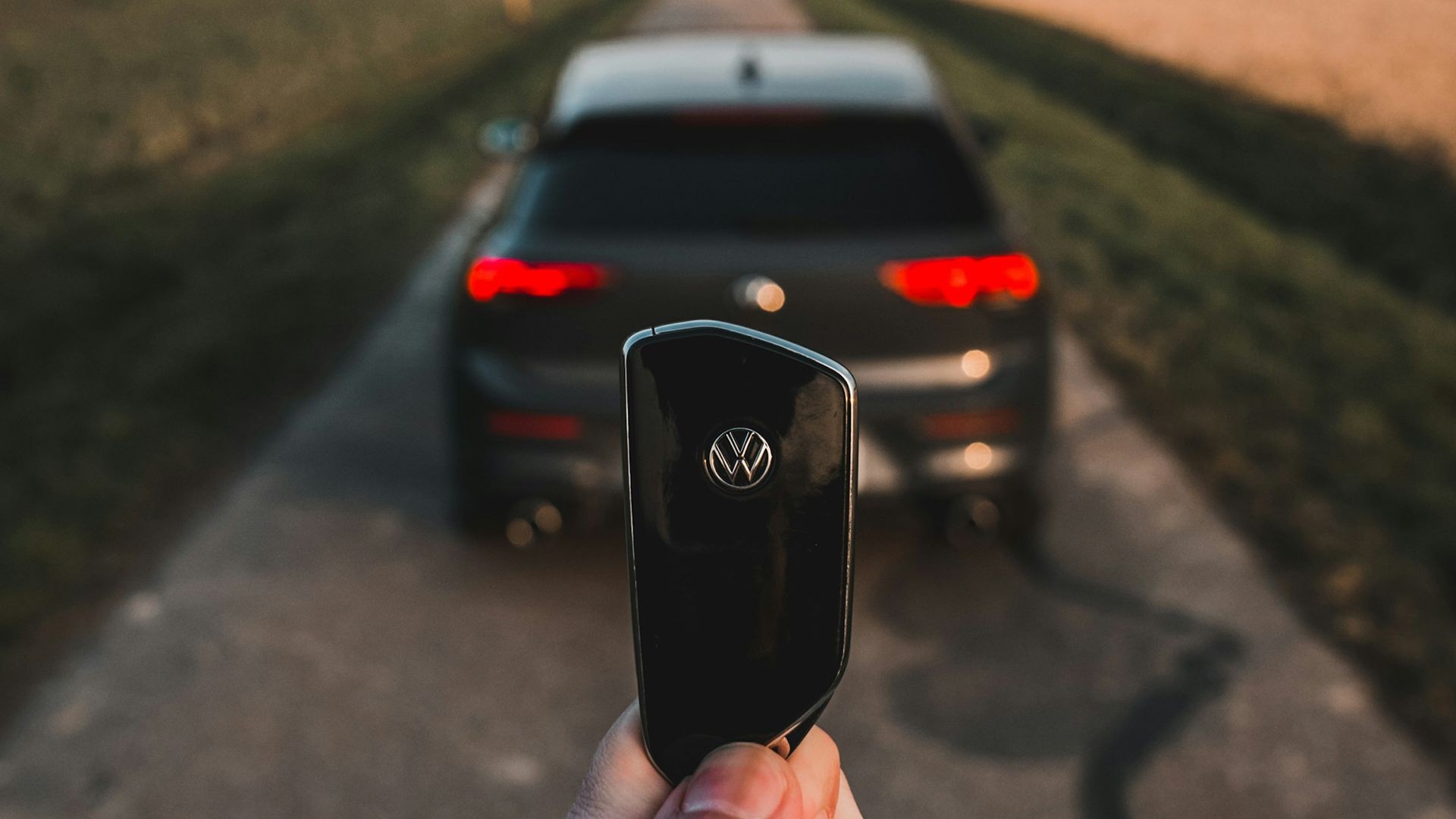Key fobs have become indispensable in modern vehicles, offering convenience and security through remote locking, unlocking, and ignition functionalities. Powered by small batteries, these devices can sometimes falter, leading to operational hiccups. While battery replacement often resolves the issue, occasionally, your key fob may require a reset to regain its functionality. This guide, brought to you by the auto experts at keyfobx.com, will walk you through the symptoms of a failing key fob battery, how to test it, replace it, and crucially, how to reset your key fob to ensure seamless operation.
Understanding Key Fob Batteries and Functionality
Key fobs are essentially miniature radio transmitters. They house a microchip that, when powered by a battery, sends a unique frequency signal to your vehicle’s control module. This communication triggers various actions, from unlocking your doors and trunk to activating the panic alarm or even remotely starting the engine. These systems are designed for longevity, but the key fob’s battery, typically a small lithium coin cell, has a finite lifespan, generally ranging from one to five years depending on usage and environmental conditions.
Recognizing When Your Key Fob Needs Resetting (Symptoms)
Identifying a failing key fob battery is the first step. Here are common symptoms that indicate your key fob battery might be low or dead, and potentially require a reset:
- Complete Lock Failure: The most obvious sign is when your key fob fails to operate the door locks at all. Pressing the buttons yields no response from your vehicle.
- Intermittent Operation: You might experience inconsistent performance, where the key fob works sometimes but fails at other times. This erratic behavior often points to a weak battery.
- Trunk Release Malfunction: If the trunk release button on your fob becomes unresponsive, it could be battery-related.
- Remote Start Inactivity: A failing battery can prevent the remote start feature from engaging.
- Panic Button Failure: The panic button, designed for emergencies, might also cease to function with a low battery.
Testing Your Key Fob Battery
Before assuming a reset is needed, testing the battery is a straightforward step. You’ll need a multimeter, a tool commonly used to measure voltage. Key fob batteries like CR2032 or CR1616 are designed to output around 3V.
- Access the Battery: Follow the steps outlined later in this guide to open your key fob and access the battery.
- Set up the Multimeter: Turn on your multimeter and set it to measure DC voltage. Select a range slightly above 3V for accurate readings.
- Test the Battery: Place the red probe (positive) of the multimeter on the positive (+) side of the battery and the black probe (negative) on the negative (-) side.
- Read the Voltage: Observe the voltage reading on the multimeter. A healthy battery should read close to 3V. If the reading is below 2.7V, the battery is likely weak and needs replacement.
Step-by-Step Guide to Key Fob Battery Replacement
Replacing a key fob battery is generally a simple DIY task. Here’s a step-by-step guide:
- Locate the Access Point: Examine your key fob for a small slot or notch. This is usually the point where you can split the fob casing.
- Open the Fob: Using a flat-head screwdriver, a thin key, your fingernail, or a plastic pry tool, carefully insert it into the slot and gently twist or pry to separate the two halves of the key fob.
- Observe Battery Orientation: Before removing the old battery, take note of its orientation (+ and – sides) and the battery type number printed on it. This ensures you install the new battery correctly.
- Remove the Old Battery: Gently pry out the old battery. In some fobs, it might be held in place by small clips.
- Install the New Battery: Insert the new battery, ensuring the polarity matches the original orientation.
- Reassemble the Fob: Align the two halves of the key fob casing and press them firmly together until they snap or click shut.
- Test the Fob: Press the buttons on your key fob. You should typically see an LED light illuminate on the fob, and your vehicle should respond to the commands.
In some key fobs, particularly those from Honda and a few other manufacturers, you might encounter small screws holding the casing together. In such cases, you’ll need a small Phillips head screwdriver to access the battery.
How to Reset Your Key Fob: Reprogramming Methods
If replacing the battery doesn’t restore your key fob’s functionality, it might need to be reprogrammed or reset. The need for reprogramming varies by vehicle manufacturer and model. Some key fobs are more prone to losing their programming after battery replacement than others.
Honda Key Fob Reset Procedure (Example)
Honda vehicles are known to sometimes require key fob reprogramming after battery changes. Here’s a common procedure for Honda models like Civic and Accord:
- Ignition ON: Insert your key into the ignition and turn it to the “ON” position (without starting the engine).
- Press and Hold ‘Lock’: Press and hold the ‘Lock’ button on your key fob for 1-2 seconds.
- Ignition OFF: Turn the ignition key to the “OFF” position and wait 1-2 seconds.
- Repeat Cycle: Repeat steps 1-3 three more times (for a total of four cycles).
- Confirmation: On the fourth cycle, after turning the ignition off, the doors should automatically lock and unlock, indicating successful programming.
- Test Operation: Test the ‘Lock’ and ‘Unlock’ buttons to confirm the key fob is working correctly. If it doesn’t work, repeat the process.
This Honda procedure is an example, and reprogramming methods vary significantly across car brands and even within models of the same brand across different years.
General Reprogramming Tips and When Professional Help is Needed
While specific DIY reprogramming steps differ, here are some general tips and scenarios where professional help is necessary:
- Consult Your Owner’s Manual: Your vehicle’s owner’s manual is the best resource for specific key fob programming instructions for your car model. Look for sections on “keyless entry programming” or “remote key programming.”
- Online Resources: Websites and forums dedicated to your car make and model can offer model-specific reprogramming advice.
- Limited DIY Options for Newer Cars: Many newer vehicles have more complex security systems. DIY reprogramming might be limited or impossible without specialized tools or dealership software.
- Dealership or Locksmith Programming: If DIY methods fail, or if you’re uncomfortable attempting them, your local car dealership or a qualified automotive locksmith can reprogram your key fob. They have the necessary tools and expertise for most makes and models.
- Transponder Key Issues: If your key fob includes a transponder chip (common in keys that start the ignition), reprogramming might be more complex and often requires professional equipment to synchronize the key with the vehicle’s immobilizer system.
Key Fob Battery Types for Different Car Brands
Knowing the correct battery type is crucial for replacement. Here’s a table listing common key fob battery types for various car manufacturers:
| Make | Battery Type |
|---|---|
| Acura | CR2032, CR1616, CR2025 |
| BMW | VL2020 (Soldered), CR2450, CR2032 |
| Chevrolet | CR2032 |
| Dodge | CR2450, CR2032, CR2016 (x2) |
| Ford | CR2032, CR2450, CR2025 |
| GMC | CR2032 |
| Honda | CR2032, CR1620, CR1616 |
| Hyundai | CR2032 |
| Jeep | CR2450, CR2032, CR2016 (x2) |
| Kia | CR2032, 23A, LR23 |
| Mercedes-Benz | CR2025 |
| Nissan | CR2025, CR2032 |
| Toyota | CR2016, CR2025, CR2032 |



Note: Always double-check your vehicle’s owner’s manual or the markings inside your key fob for the exact battery type required.
Conclusion
Dealing with a non-functional key fob can be frustrating, but in many cases, the solution is as simple as replacing the battery or performing a quick reset. By understanding the symptoms, testing the battery, and following the appropriate reprogramming steps, you can often resolve key fob issues yourself. However, remember that for complex issues or newer vehicles, professional assistance from a dealership or locksmith might be necessary to ensure your key fob and vehicle security system are correctly synchronized. Always prioritize safety and consult your vehicle’s documentation for the most accurate guidance.